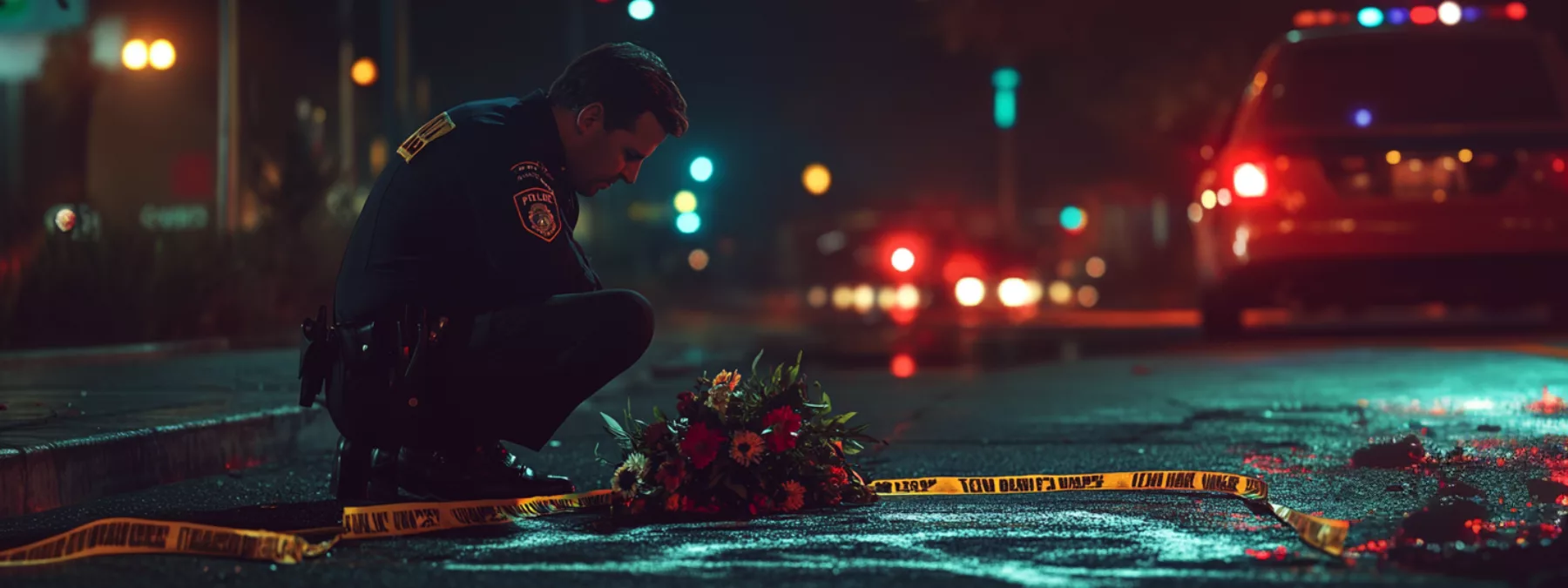
Acosta commits murder + Acosta has phone = probable cause to search phone; right? This case analysis explores the digital evidence search warrant issues and Acosta’s appeal to overturn his conviction.
A murder over flowers
Xavier Acosta was convicted of first-degree murder with the use of a deadly weapon for the killing of Angel Rodriguez in Clark County, Nevada. Prosecutors argued that Acosta acted out of jealousy after learning that Rodriguez had left flowers for Acosta’s wife, shooting him six times outside his home. Witnesses reported seeing a suspect exit a parked Cadillac near the scene before the shooting and then fleeing in the same vehicle. Investigators linked Acosta to the crime through surveillance footage, cell phone location data, DNA found on the suspect vehicle, and witness testimony including statements from Acosta’s family members. Additionally, Acosta’s cell phone contained a photo of the crime scene taken minutes before the murder and a photo of the interior of the car matching the suspect vehicle.
Initially Acosta was arrested on an unrelated charge at his brother-in-law’s residence. During that arrest, law enforcement seized two phones associated with him under the exigency exception to the warrant requirement. (Lloyd,129 Nev. at 743, 312 P.3d at 469). Law enforcement subsequently obtained and executed a search warrant for all the digitally stored records and device created data which could constitute evidence of Acosta’s involvement in Rodriguez’s murder. This warrant was accompanied by a lengthy affidavit describing the existence of probable cause that Acosta murdered Rodriguez. However, the only specific justification for the search of the data stored on the phones was that the affiant had knowledge through their training and experience “that suspects often use their cellular phones before, during and after crimes . . . [and] cellular phones store GPS location data and other information that can aid in the investigation of this crime.” The affidavit requested the search of all the contents of the listed devices “since it [was] unknown how long the relationship between the victim and the suspect was established and/or how long [Acosta] may have been planning to shoot [Rodriguez].”
Actual Warrant Language: all stored communication or files, including voice mail, text messages, including numbers text [sic] to and received from and all related content, e-mail, digital images (e.g. pictures), contact lists, video calling, web activity (name of web site or application visited or accessed), domain accessed, data connections (to include Internet Service Providers (ISPs), Internet protocol (IP) addresses, (IP) Session data, (IP) Destination Data, bookmarks, data sessions, name of web sites and/or applications accessed), date and time when all web sites, applications, and/or third party applications were accessed and the duration of each web site, application, and/or third party application was accessed, and any other files including all cell site and sector information.
The search of Acosta’s phone lead to subsequent warrants that collected cell tower records and data from Google. These tower and location records helped place Acosta at the scene of the crime.
Despite the overwhelming evidence against him, Acosta appealed the conviction in February of 2025 to the Supreme Court of the State of Nevada. The Nevada Supreme Court found the warrant to be overbroad and lacking probable cause but ultimately ruled that its improper execution did not affect the outcome of the trial due to the overwhelming evidence supporting Acosta’s conviction. The Court cited the warrant application’s reliance on a general assertion that suspects often use their phones before, during, and after crimes, without providing specific facts linking Acosta’s phone to the offense.
The warrant application offered little reason to believe the phone data would contain evidence of the murder other than possibly identifying Acosta’s whereabouts at the time of the crime. In United States v. Schesso (730 F.3d 1040, 1042 9th Cir. 2013) Courts were admonished to exercise greater vigilance in protecting against the danger that the process of identifying seizable electronic evidence could become a vehicle for the government to gain access to a larger pool of data that it has no probable cause to collect.
The Court concluded that the warrant authorizing a search of all the phones’ contents was insufficiently particularizedand grossly overbroad because the complete download of Acosta’s digital life contained on these two cell phones was justified only by a generalized statement that suspects use their phones around the time they commit crimes. However, even when a warrant is defective, suppression is not appropriate if the circumstances of the search show that the officer relied on the warrant in good faith.
“A warrant this broad is akin to permitting the search of every nook and cranny of an individual’s home when the officers had probable cause to believe that individual stole a couch.” – Supreme Court of Nevada
Key Takeaways from Acosta v. State
At the heart of this case is a major Fourth Amendment issue: how search warrants apply to digital evidence. While the ruling doesn’t clearly state when each piece of evidence was found, it’s clear that searching Acosta’s phone led to additional location data that helped the prosecution. But because the warrant was too broad and lacked specific reasons to search the phone, any evidence found from it could be considered “fruit of the poisonous tree” (Nardone v. United States). Just because Acosta’s phone happened to contain a photo of the crime scene doesn’t mean law enforcement had a valid reason to expect it would.
This case highlights an important legal lesson: just because a crime happens doesn’t mean there will be evidence on a suspect’s phone. The Nevada Supreme Court upheld Acosta’s conviction because there was plenty of other proof against him, but the ruling serves as a warning. If digital evidence is the main proof in a case and the warrant is too broad, that evidence could be thrown out, making prosecution much harder. To avoid this, investigators need to write search warrants that clearly explain why the evidence is likely to be on the device. A well-written warrant isn’t bulletproof, but it’s much harder to challenge in court.
